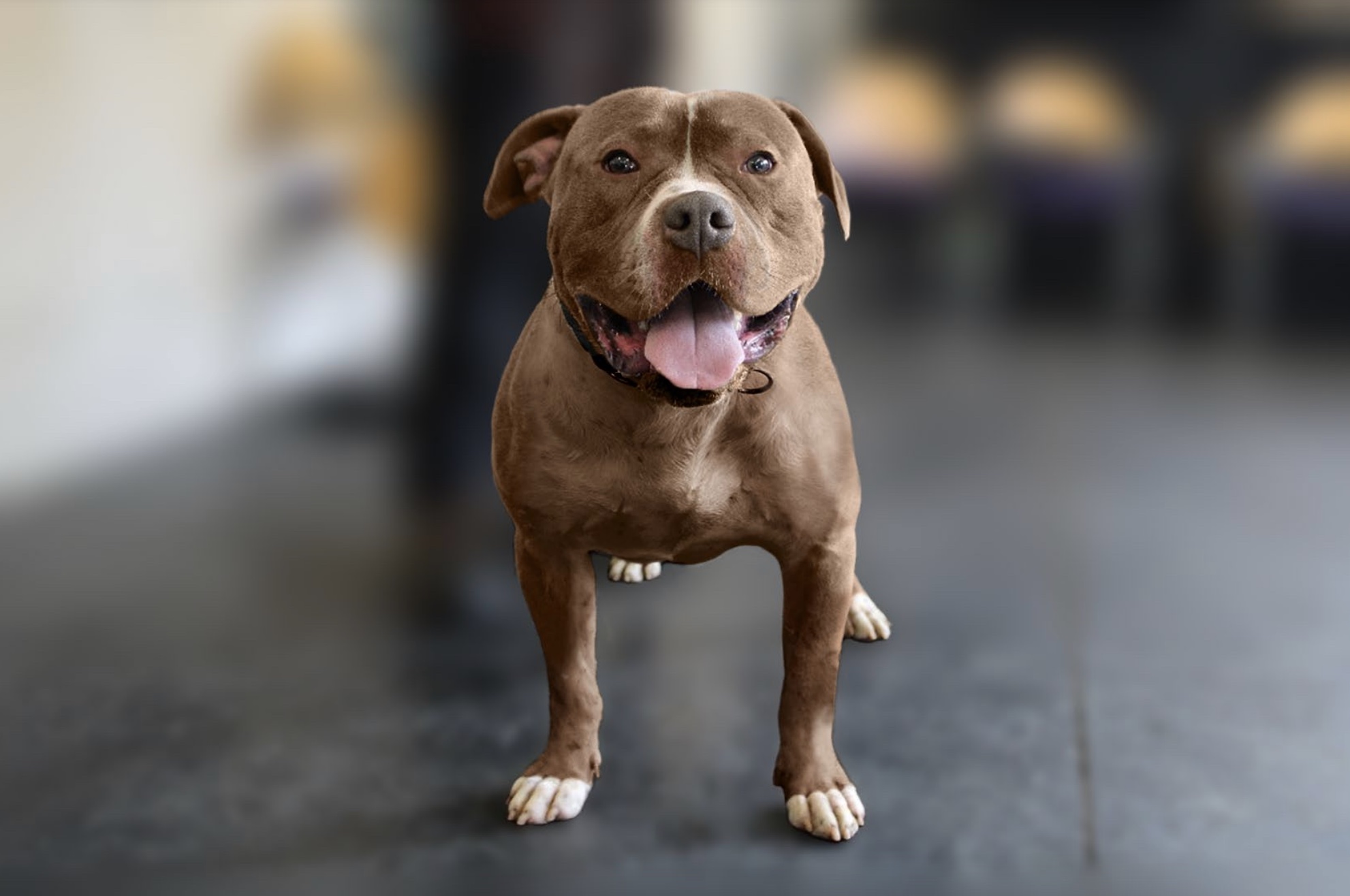In the United Kingdom, the start of the new year brought with it a new law banning the XL Bully dog breed. As an amendment to the Dangerous Dogs Act of 1991, it is now illegal to own, breed, sell, or abandon XL Bullies in England, Wales, and Scotland. Dogs previously banned under the Dangerous Dogs Act are Pit Bull Terriers, Japanese Tosas, Dogo Argentinos, and Fila Brazilieros.
The ban comes after a reported uptick in fatal attacks by XL Bullies in the UK, according to the BBC. Owners of such dogs in England and Wales were given until February 1 to receive an exemption certificate to keep them. Owners in Scotland have until July 31 to apply for an exemption and owners in Northern Ireland are required to register their dogs.
Yet, while the UK enforces bans on seemingly dangerous breeds, the state of Nevada decided over a decade ago to do the exact opposite.
Nevada’s Stance
In 2013, Nevada Governor Brian Sandoval signed into law Assembly Bill 110, which prohibits labeling a dog as dangerous based only on its breed. Instead, Nevada follows strict guidelines that are used to identify when a dog is dangerous as laid out in the bill.
A dangerous dog is defined as when a dog acts in a way in which a reasonable person would have to defend themselves against substantial harm on two separate occasions within 18 months.
“These regulations keep the public safe from dangerous dogs,” said Cindy Doak, Field Supervisor with Washoe County Regional Animal Services in northern Nevada. “Any breed of dog can be dangerous, so banning specific breeds would not reduce a threat to the public.”
Dog bites pose a significant threat to the public. According to the American Veterinary Medical Association, over 4.5 million people are bitten by dogs in the United States every year, with over 800,000 receiving medical attention. Over the past year, Washoe County Regional Animal Services alone has been called to help with 432 aggressive dogs, said Doak.
In a 2017 study, researchers in Ireland looked into the threats posed by dog breeds that were banned and dog breeds that weren’t. They found that there was no significant difference in the severity of dog bites between breeds that had legislation banning them and breeds that weren’t legislated.
The AVMA and WCRAS oppose breed-specific legislation.
“A breed ban would result in the euthanasia of innocent dogs,” Doak said. “Responsible dog owners would be forced to move, hide, or give up their dogs. Breed bans do not address irresponsible dog owners.”

What are XL Bullies?
According to the UK’s official standards, an XL Bully is a variant of the American Bully breed larger than the Micro, Pocket, Standard, and Classic variants. XL Bullies are identifiable by their muscular stature, including large heads and chests. Despite this, XL Bullies aren’t recognized as official breeds by several large kennel organizations due to their similarity with other breeds and short history.
The American Bully was created in the United States in the 1980s and 1990s by cross-breeding the American Pit Bull Terrier with Bulldog breeds. Pit Bulls have a long history spanning back to the 1800s when they were used for blood sports such as bull baiting.
Their ties to blood sports have continued throughout their history with the re-emergence of dogfighting in the 1980s featuring many Pit Bulls. As a result, they have received a poor reputation among the general public who see them as vicious.

What should aspiring dog owners glean from this?
With the recent bans in the UK making headlines, it is understandable that some people may stray away from bully breeds out of fear. But, does breed-specific legislation actually make communities safer? Instead of focusing on specific breeds, some believe that the focus should be on proper dog training.
“It’s all about the human and dog relationship,” said Malaika Heinbaugh, Owner and Training Director of Dog Gone Amazing Education Center, a professional dog training business in Reno, Nevada.
Heinbaugh said she has worked with many aggressive dogs that people assume wouldn’t be aggressive because of their breeds, such as Doodles and Labs.
“Most aggression cases I work with are because the human has failed the dog,” Heinbaugh said. “It’s not the dog’s fault and this may apply to many different breeds.”
Heinbaugh suggests that potential owners do their research on what dogs would best suit their lifestyle. People should take into consideration their living arrangements, free time, and budget to find a dog that they can give the proper care and training as they become a part of their family.
Cover photo credit: UK Department for Environment, Food and Rural Affairs.
Amanda Durand is a journalism major and digital media minor in the Reynolds School of Journalism. She completed this story for the Hitchcock Project’s science reporting class during spring 2024.






